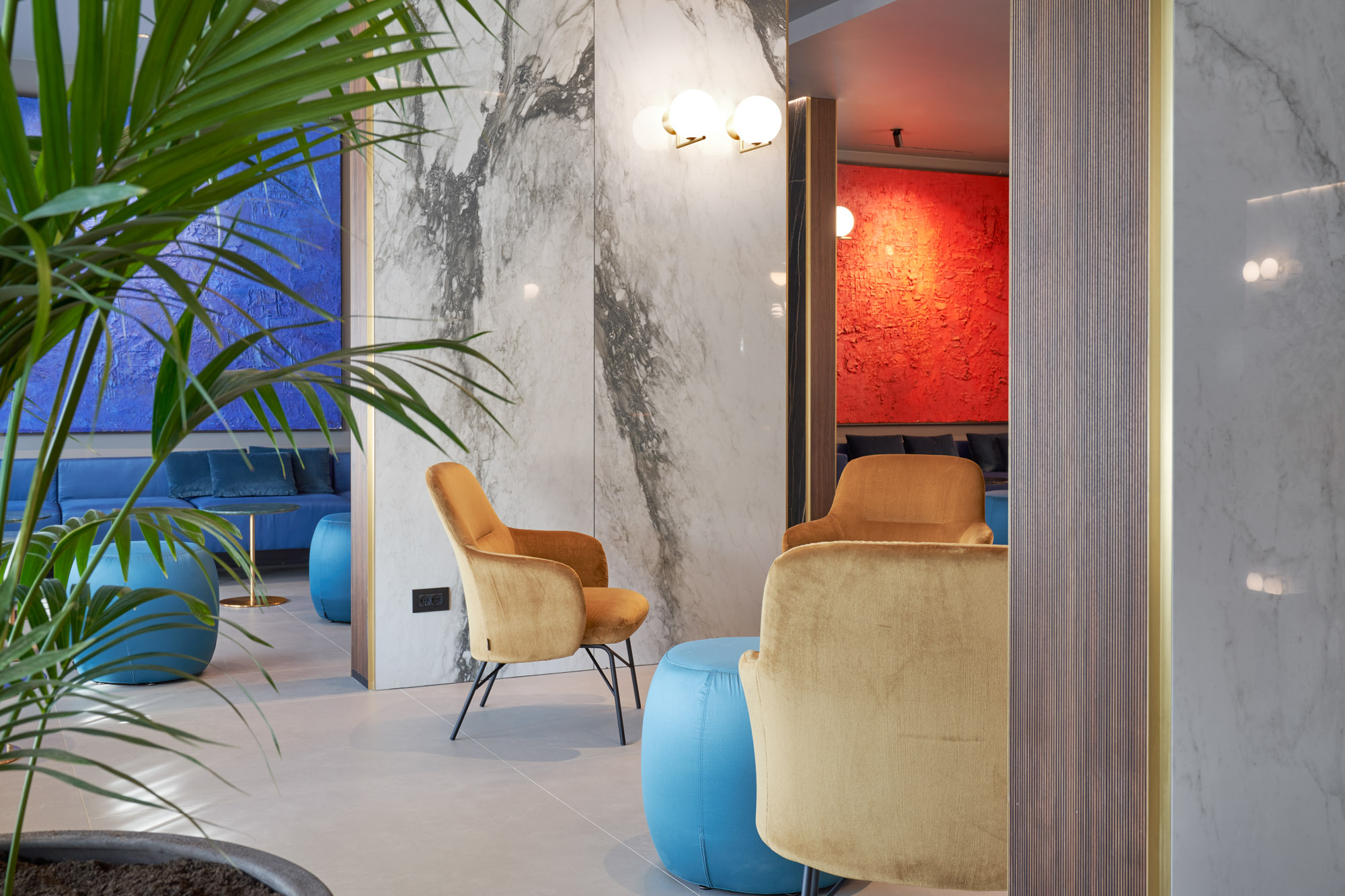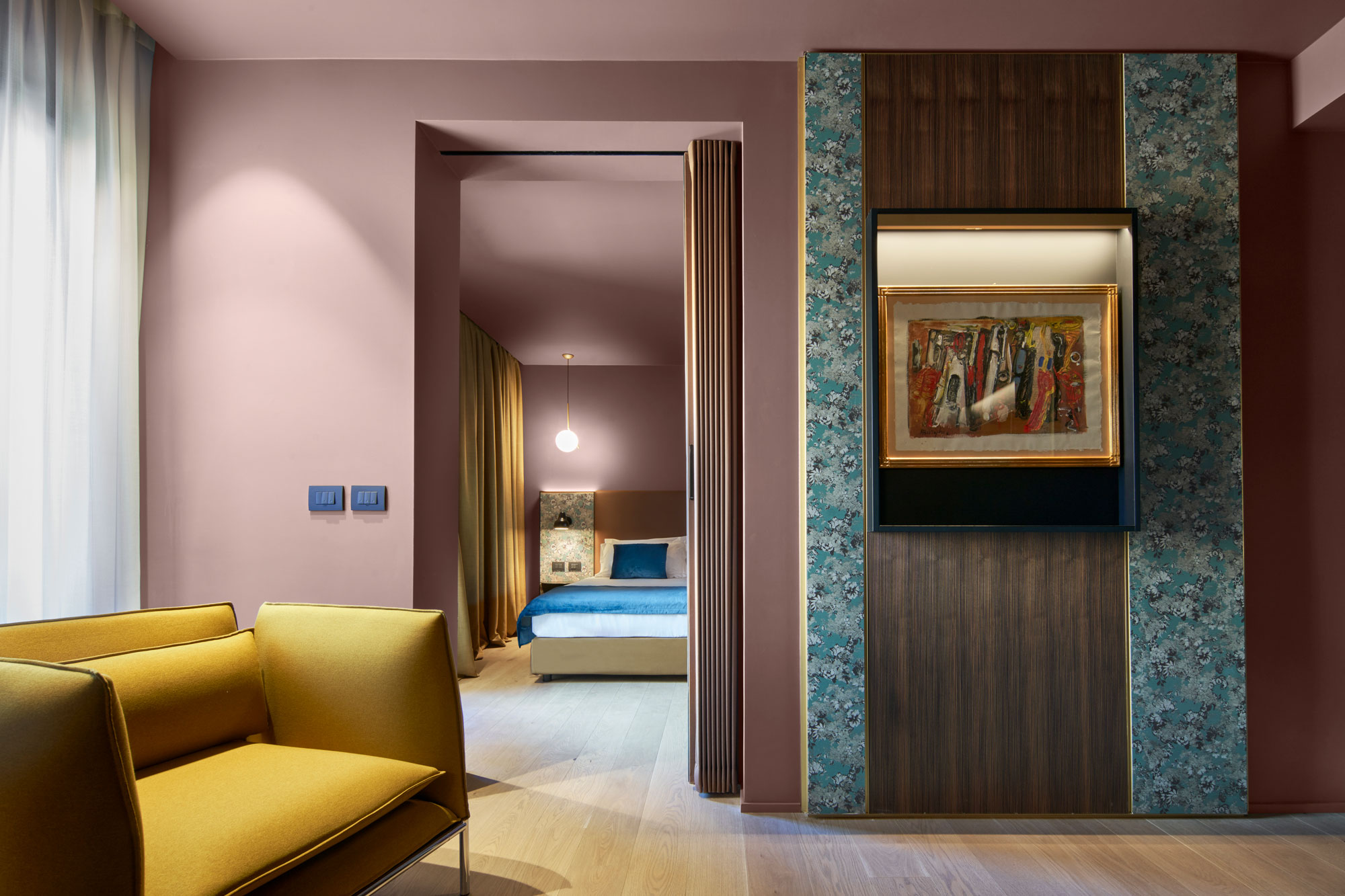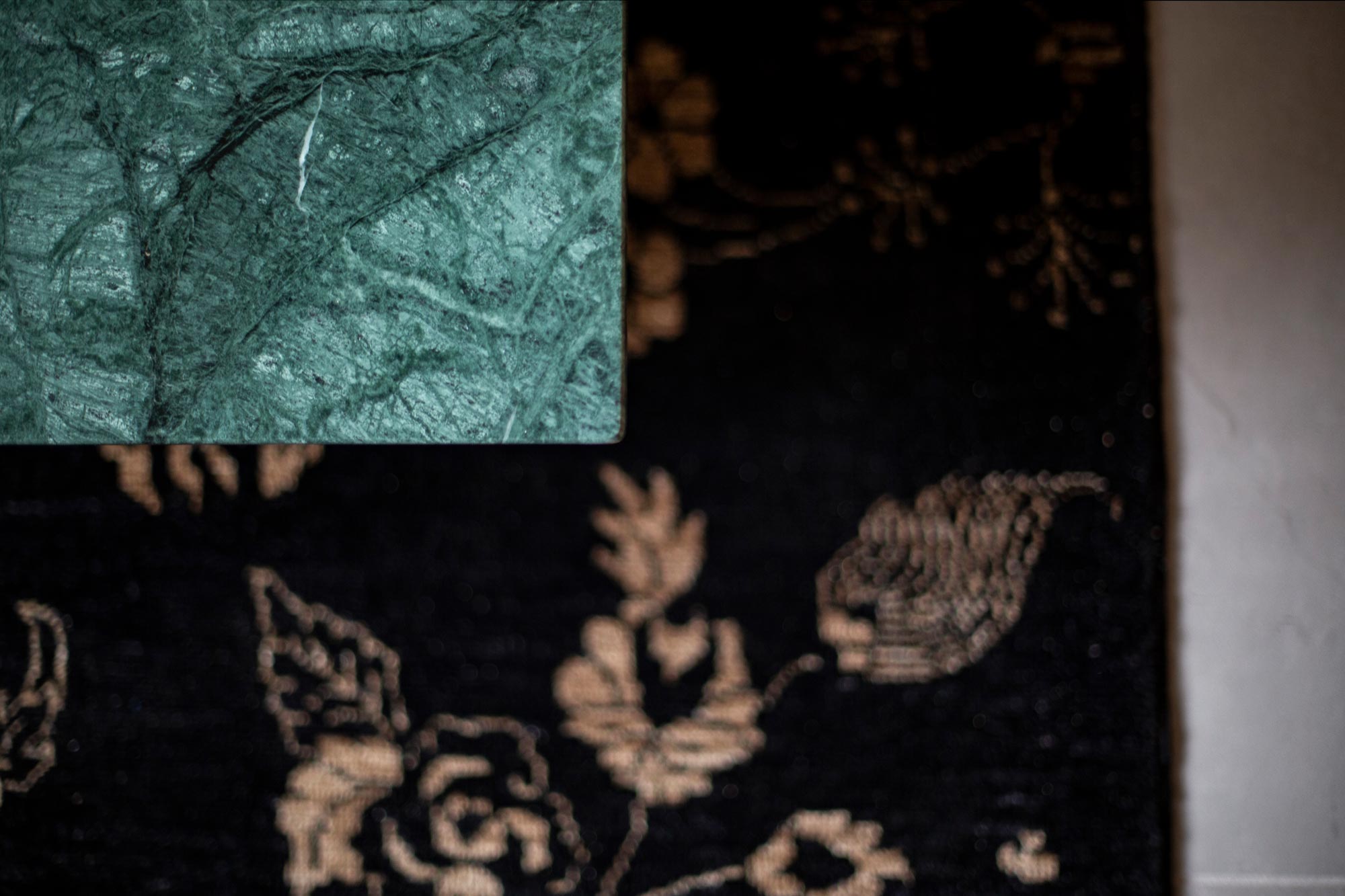Emilia-Romagna and its ceramic tradition
When it comes to Italian artistic ceramics, Emilia-Romagna occupies a position of absolute importance. This region has been able to combine art, craftsmanship and innovation over the centuries, becoming an international reference point for clay processing and ceramic decoration. The Emilia-Romagna territory hosts what is now called Ceramic Valley, a cultural and productive district that embraces cities such as Faenza, Imola, Sassuolo, Fiorano Modenese, where ceramics have always been part of the collective identity.
Here, ceramic is not only matter: it is expressive language, historical memory and vehicle of beauty. The masterpieces kept in museums, as well as those created in contemporary shops, testify to a tradition that has evolved keeping its artistic soul intact.
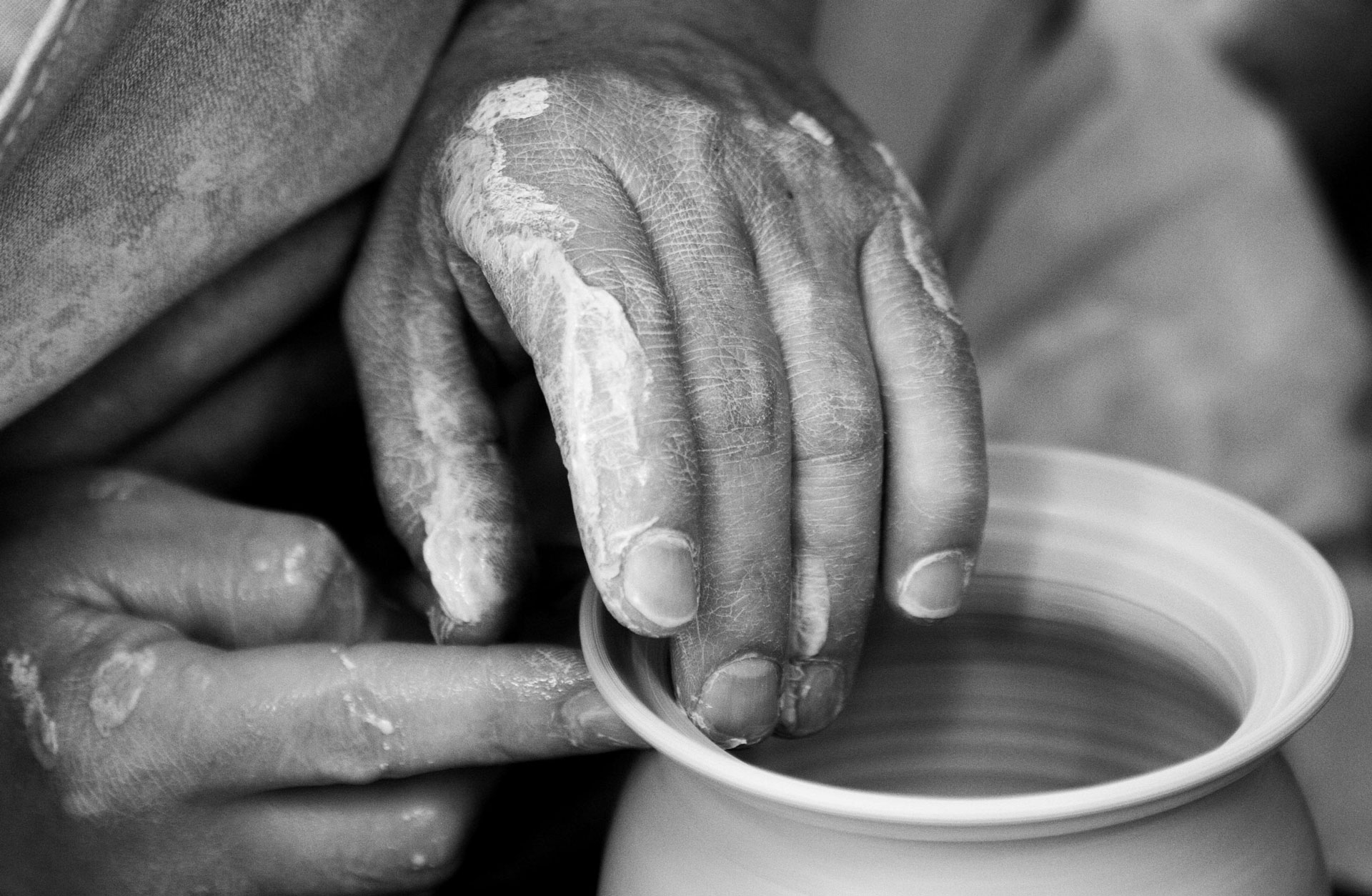
Faenza: the world capital of fine ceramics
It is impossible to talk about artistic ceramics without starting from Faenza, whose name is so closely linked to this art that it gave rise to the term “faïence”, used in many European languages to indicate maiolica. Faenza boasts a ceramic production documented since the thirteenth century, which reached its peak between the fifteenth and sixteenth centuries thanks to the development of refined Renaissance decorations.
The fulcrum of the faentine ceramic heritage is the MIC – International Museum of Ceramics, one of the most important in the world of its kind. Founded in 1908, it houses thousands of pieces from all over the world, with a collection that covers all eras and civilizations: from pre-Columbian to Persian pottery, from Italian Renaissance majolica to works by modern and contemporary artists such as Chagall, Picasso, Matisse, Fontana and Burri.
Next to the museum, Faenza is home to craft shops and art studios where tradition is carried on by potters who interpret ancient styles with new eyes, creating both decorative objects and sculptural pieces.
Imola: the art of majolica between function and beauty
Imola, in the province of Bologna, also played a significant role in the development of artistic ceramics. The city is known for the production of hand-decorated daily majolica, especially between the 19th and 20th centuries. Plates, vases, jugs and tiles came out of local manufactures, combining functional value and high decorative quality.
The Museum of San Domenico di Imola preserves a remarkable collection of historical ceramics, offering an in-depth look at the local production history and the evolution of enamelling and decoration techniques. Some works are true masterpieces of applied art, with naturalistic, floral or religious motifs, often inspired by the agricultural landscape and the Emilian popular culture. Many of them trained in regional art institutes and now engaged in the rediscovery of traditional majolica, re-read through new chromatic and formal sensitivities.
The art shops of Ceramic Valley
In addition to the two historical capitals, the whole area between Modena and Reggio Emilia, up to Sassuolo and Fiorano Modenese, is dotted with art shops that keep alive the ceramic tradition with techniques handed down from generation to generation. Here, next to the ceramic industry (known for porcelain and technical ceramics), survive and thrive art forms related to decorative and sculptural ceramics.
Techniques still in use include:
• The decoration on high heat, which requires extreme precision in cooking times.
• The metallic luster, with iridescent reflections obtained through metal oxides.
• The glazed terracotta, typical of historical architectural cladding.
• The Raku, a Japanese technique adopted by many contemporary artists from Emilia.
Some master ceramists have obtained international recognition, exhibiting in art biennials and prestigious galleries, taking the name of the Ceramic Valley well beyond the Italian borders.
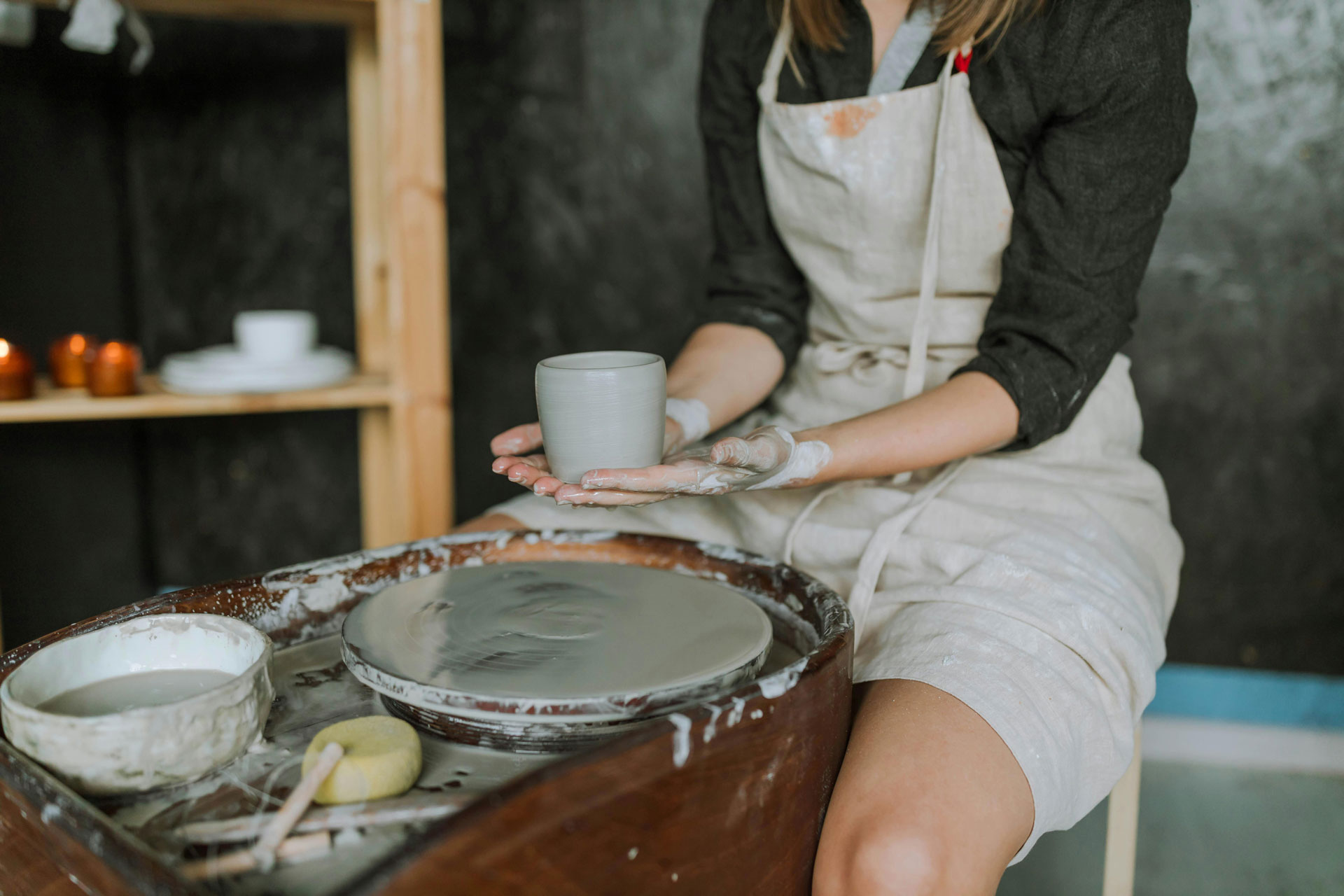
The symbolic works of Emilian ceramics
Among the masterpieces of Emilia-Romagna artistic ceramics can be mentioned:
• The historical plates of Faenza, decorated with mythological scenes, battles and Renaissance allegories.
• The narrative tiles of Imola, in which floral motifs blend with scenes from daily life and sacred.
• Art Nouveau pottery, characterized by sinuous lines and decorations inspired by nature.
• Contemporary ceramic installations, such as those visible in cultural centres or artistic parks (for example, monumental ceramic works in the MIC gardens or designer ceramics integrated into urban furniture).
Each of these works reflects not only technical mastery, but also a strong symbolic value: each piece tells an era, a vision, a different aesthetic sensitivity.
A heritage that looks to the future
Today, the artistic ceramics of Emilia-Romagna is not only memory, but also an experimental laboratory. Schools such as the Istituto d’Arte Ballardini in Faenza, professional courses and artistic residencies help to train new generations of potters, who are able to combine craftsmanship and contemporary art.
Events such as Argillà Italia (international ceramic exhibition), thematic exhibitions, sector fairs and urban festivals contribute to maintaining high attention on this art form, which is increasingly appreciated in the world of design, furniture and architecture.
In this context, artistic ceramics also become collectors’ items, pieces of furniture and works of public art. Emilia-Romagna is today a real open-air museum of ceramics, where past and future dialogue through the matter.
The artistic ceramics of Emilia-Romagna represent a fundamental chapter of Italian culture, an excellence that comes from the land and is sublimated in art. The masterpieces kept in museums, as well as those created every day in the workshops, testify to a living and constantly evolving tradition.
Those visiting the region can embark on an authentic journey between art, technique and beauty, discovering places, people and stories that make the Ceramic Valley one of the most fascinating cultural districts in Europe. Whether you are an art enthusiast, a designer looking for inspiration or a curious traveller, Emilia-Romagna always has something to tell you about ceramics.
